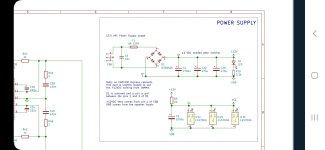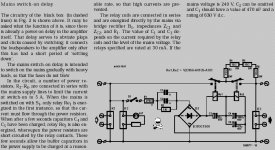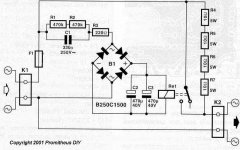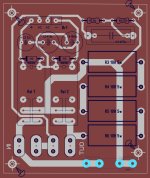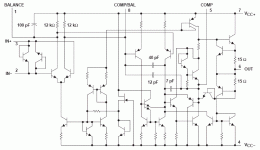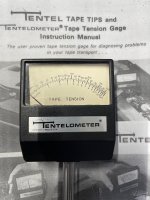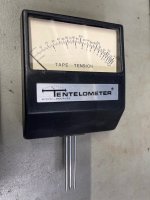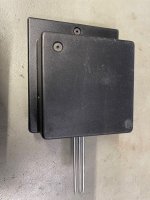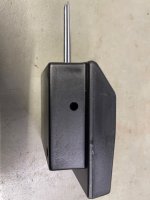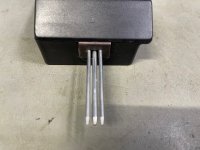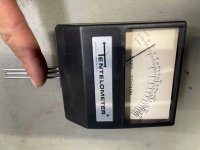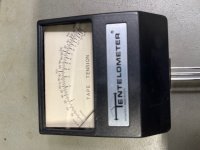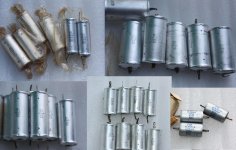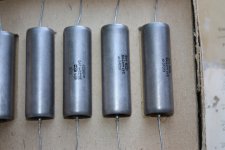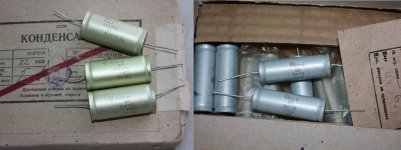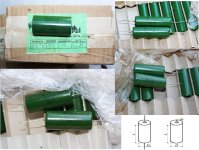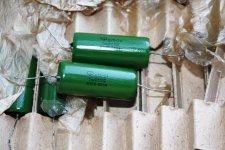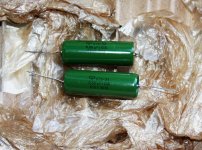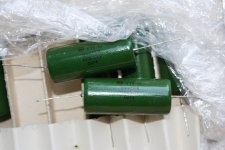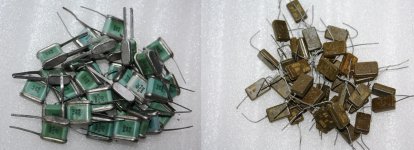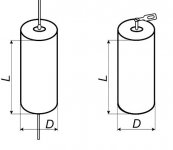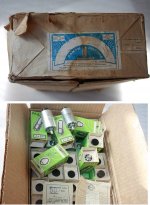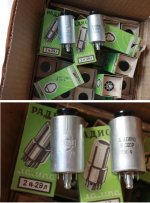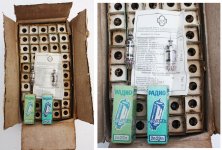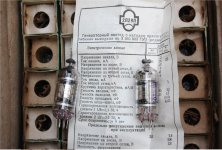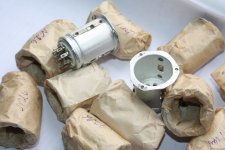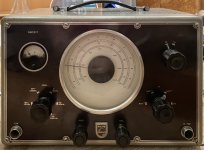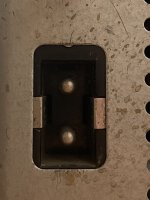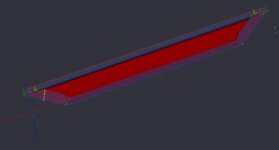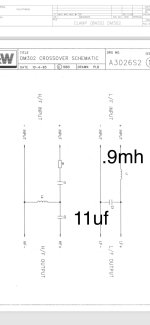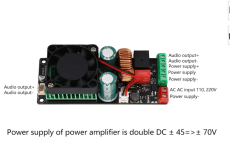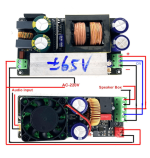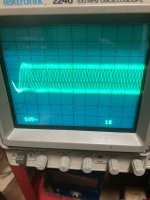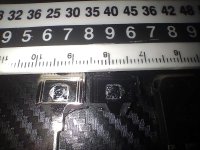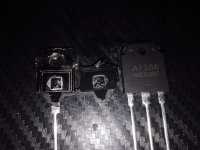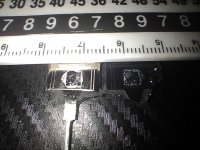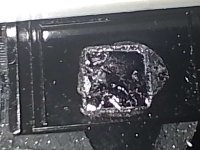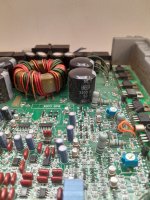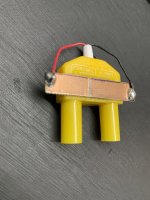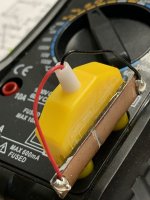what is the best speaker cable to bring low THD to the voice-coil
- By bebo65
- Everything Else
- 59 Replies
what is the best speaker cable to bring low THD to the voice-coil?
By building a low THD Amplifier and having low THD speakers this question came to my mind.
I do not want to start some voodoo threat - I want to know what makes sense from the technical site.
There is a lot of high frequency around us and i thought a shielding might be a good thing to prevent the high frequency creeping into the amplifier and disturbing the feedback loop with the result of a bad sound. So i bought some shielded 2x0,75mm² cable, connected the 2x0,75mm² as usual and the shielding to the amplifiers ground (a: directly; b:via resistor). It showed up, that in both cases the sound gets worser than before. A look at the oscilloscopes screen showed the reason: the shielding worked as an antenna and did the opposite of what it was intended to do.
Looking around in several forum showed only subjectivists views, none of them showed any technical description...therefore some questions:
- is shielding necessary / useful? If yes - how should it be done? If no - why not?
- is a ferrit clipped on the cable helpful? (as it is dampening common mode signals that reached the cable)
- does shielding help, even when it is nowhere connected? (as it is good practice in KNX home automation cabling)
- what is the optimal diameter for the cable? (with respect to the skin-effect)
- is a twisted pair better than a parallel cable? (as signals that reach the cable are inducted in opposite direction and therefore cancel)
- is the star quad configuration better than twisted pair? (as it promises a better immunity to magnetic fields)
- is coaxial-cable the solution? ( as it is shielded and, referring to cable-theory, all the inductive and capacitive fields from the current that is running through the cable happen inside, and the shielding works as such when connected to ground)
- what is the best way to test and find out?
By building a low THD Amplifier and having low THD speakers this question came to my mind.
I do not want to start some voodoo threat - I want to know what makes sense from the technical site.
There is a lot of high frequency around us and i thought a shielding might be a good thing to prevent the high frequency creeping into the amplifier and disturbing the feedback loop with the result of a bad sound. So i bought some shielded 2x0,75mm² cable, connected the 2x0,75mm² as usual and the shielding to the amplifiers ground (a: directly; b:via resistor). It showed up, that in both cases the sound gets worser than before. A look at the oscilloscopes screen showed the reason: the shielding worked as an antenna and did the opposite of what it was intended to do.
Looking around in several forum showed only subjectivists views, none of them showed any technical description...therefore some questions:
- is shielding necessary / useful? If yes - how should it be done? If no - why not?
- is a ferrit clipped on the cable helpful? (as it is dampening common mode signals that reached the cable)
- does shielding help, even when it is nowhere connected? (as it is good practice in KNX home automation cabling)
- what is the optimal diameter for the cable? (with respect to the skin-effect)
- is a twisted pair better than a parallel cable? (as signals that reach the cable are inducted in opposite direction and therefore cancel)
- is the star quad configuration better than twisted pair? (as it promises a better immunity to magnetic fields)
- is coaxial-cable the solution? ( as it is shielded and, referring to cable-theory, all the inductive and capacitive fields from the current that is running through the cable happen inside, and the shielding works as such when connected to ground)
- what is the best way to test and find out?
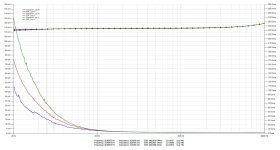

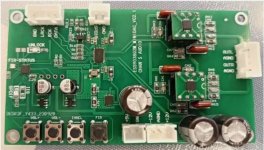
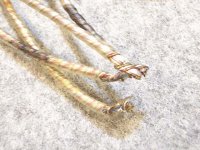

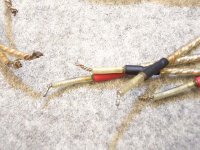
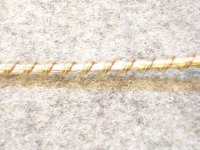
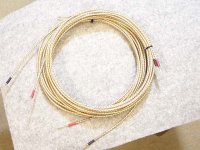
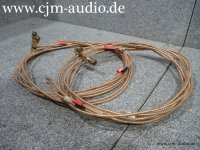
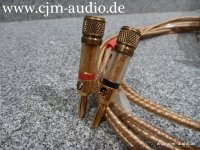
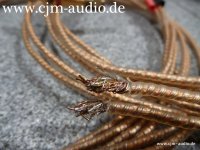
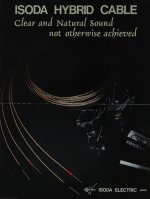

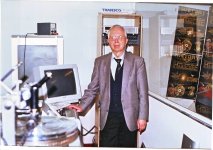

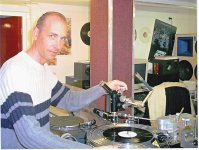
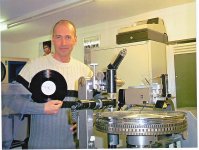
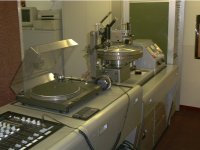

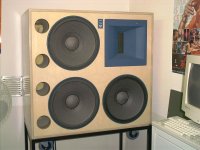

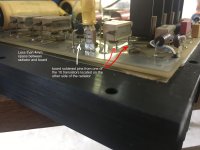
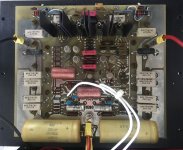

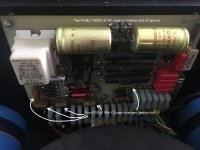
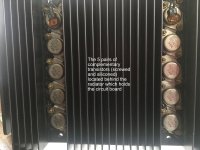

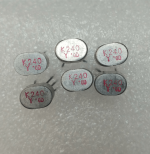
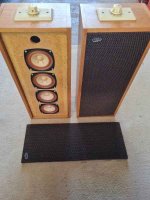
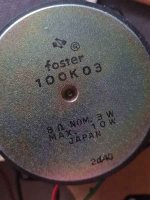
![IMG20240731103008[1].jpg](/community/data/attachments/1247/1247595-2d2d2ae523e0caddbd2a309a6c668538.jpg?hash=LS0q5SPgyt)
![IMG20240731103017[1].jpg](/community/data/attachments/1247/1247598-6f58f6f2b7c7eaacaaf94eb26517303f.jpg?hash=b1j28rfH6q)
![IMG20240731103028[1].jpg](/community/data/attachments/1247/1247599-fd61e65b48efd5122f7d6c28ffedf891.jpg?hash=_WHmW0jv1R)
![IMG20240731103136[1].jpg](/community/data/attachments/1247/1247600-d82565478ec637f8268edb015913351a.jpg?hash=2CVlR47GN_)
![IMG20240731103254[1].jpg](/community/data/attachments/1247/1247601-12b5fccff465539c9745ea889e40a12c.jpg?hash=ErX8z_RlU5)
